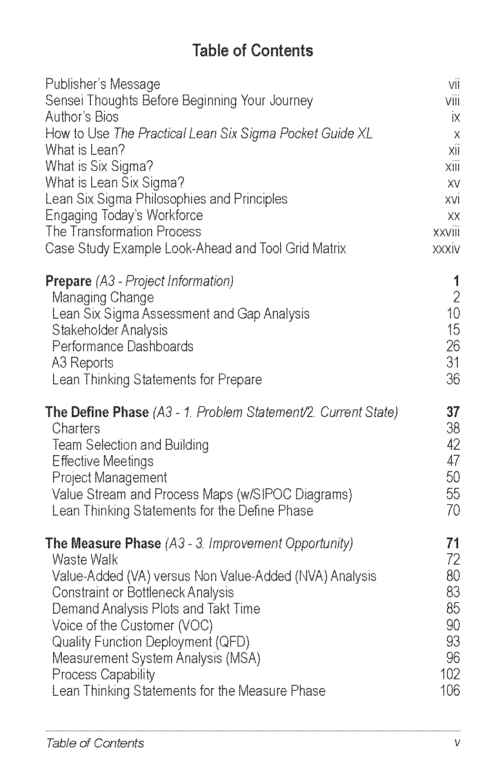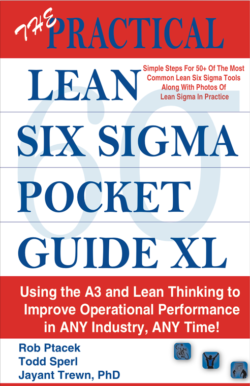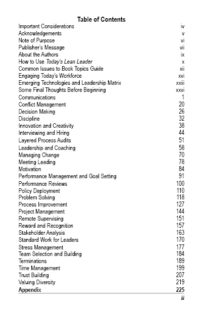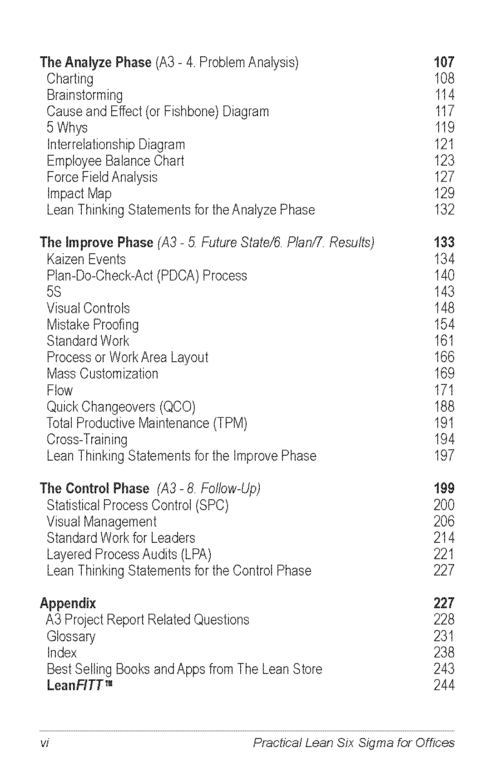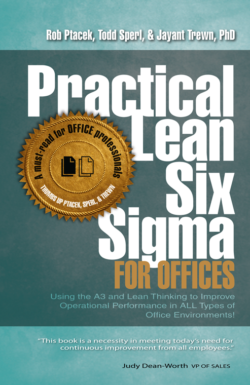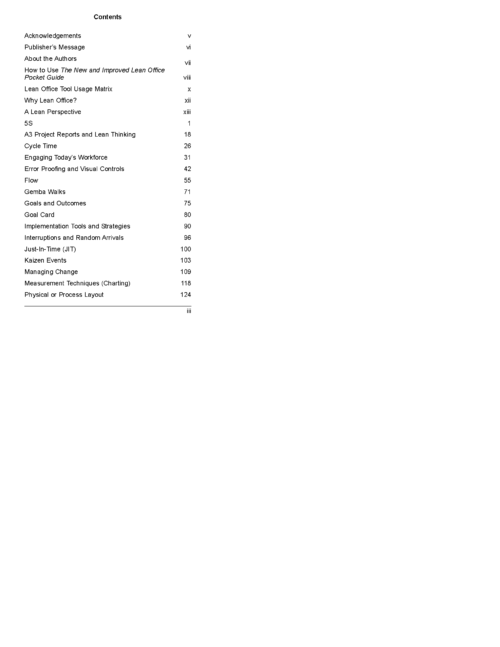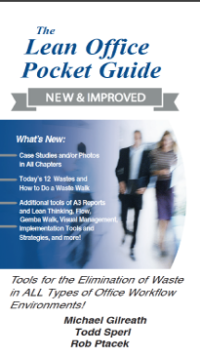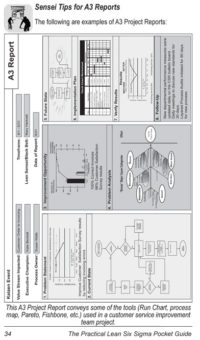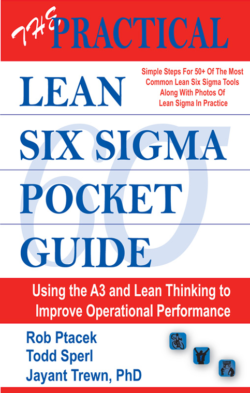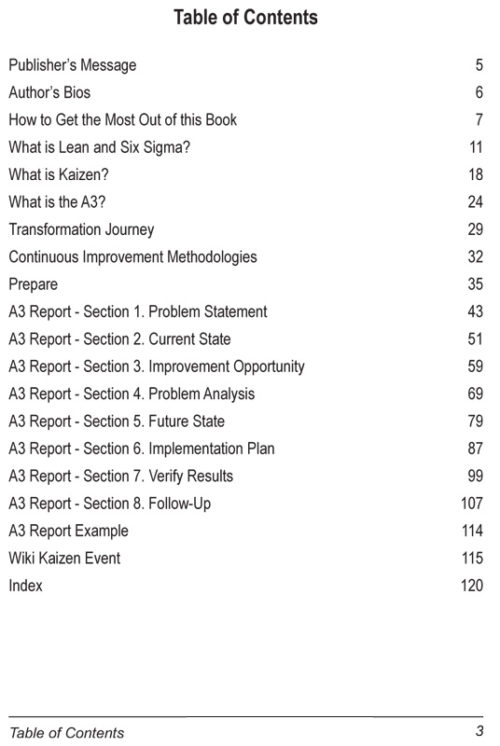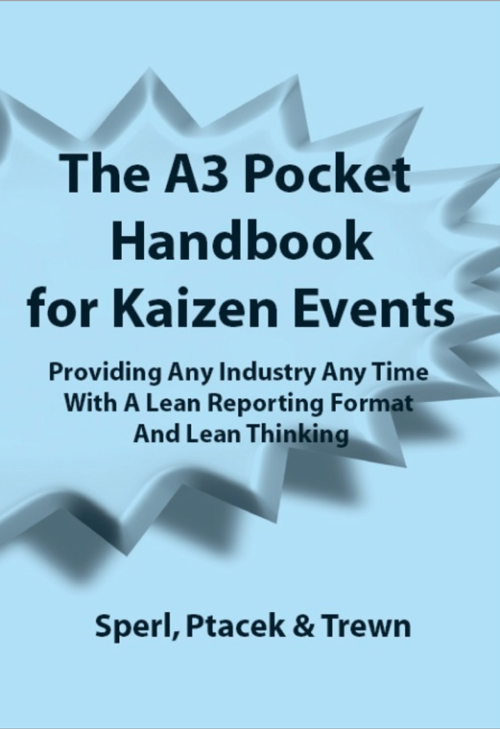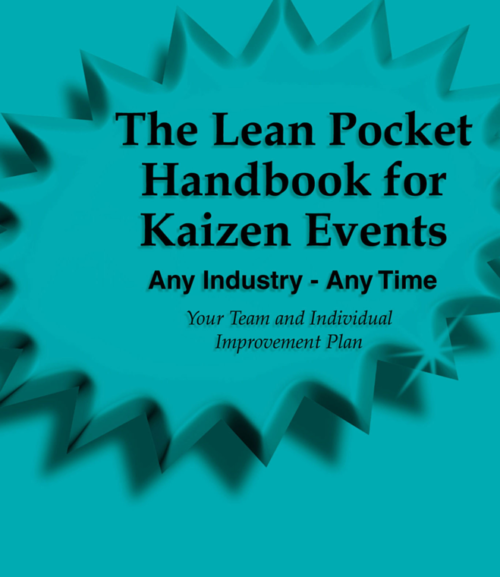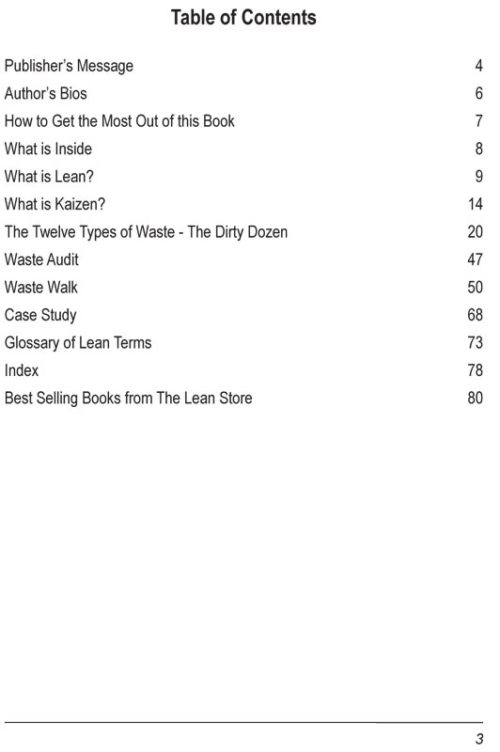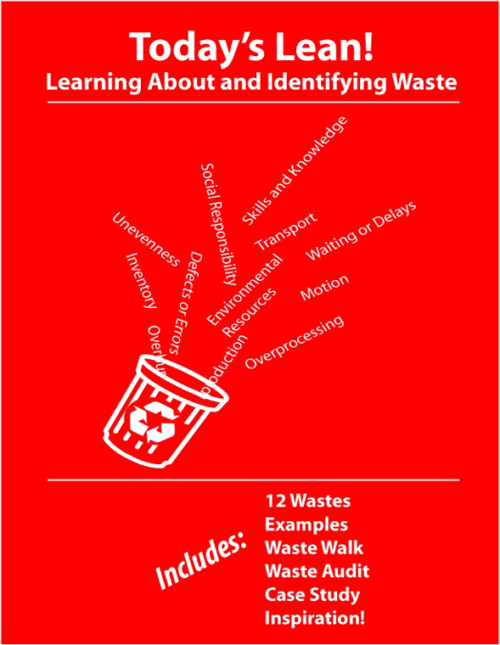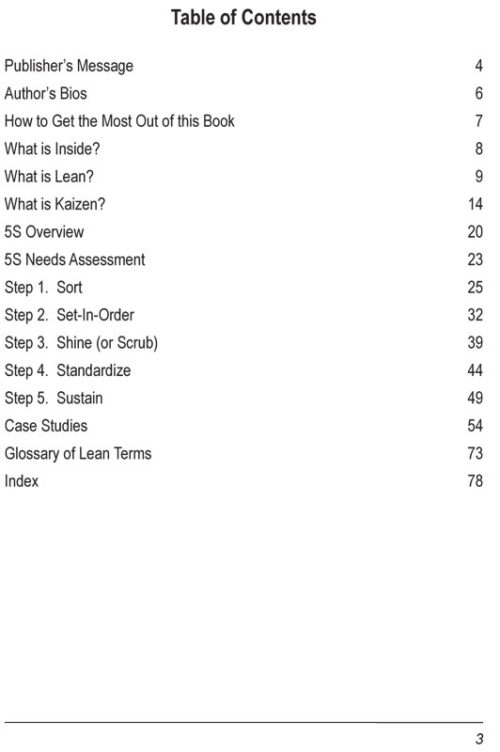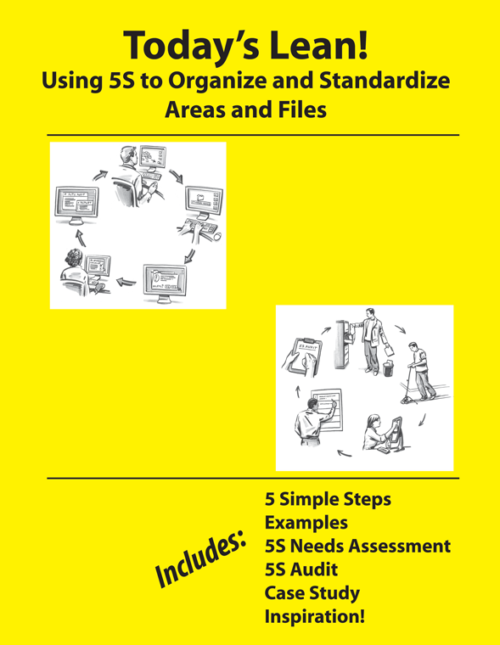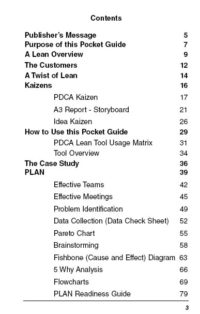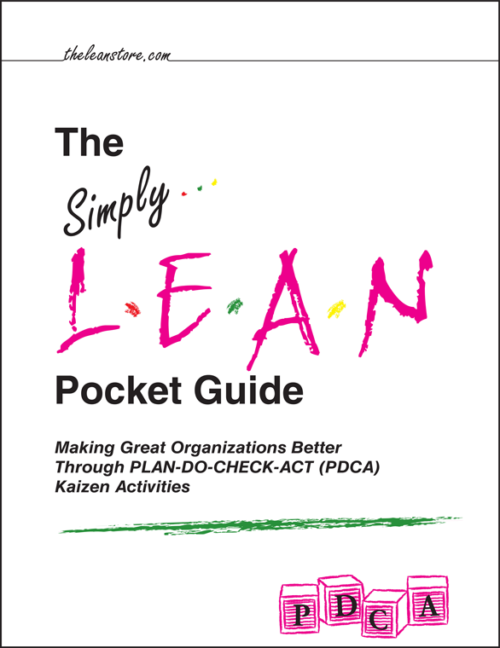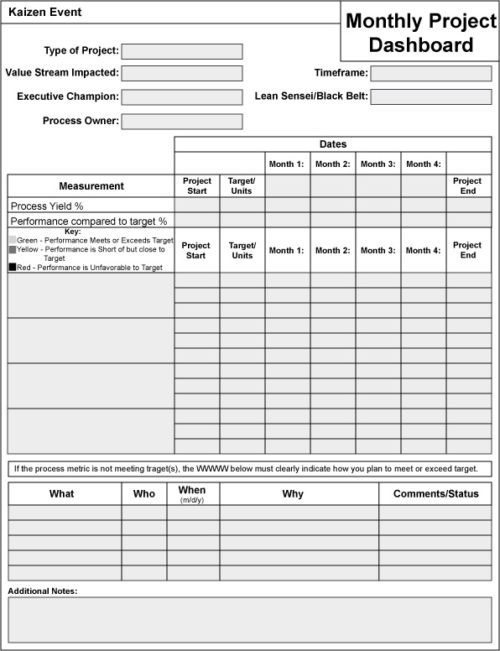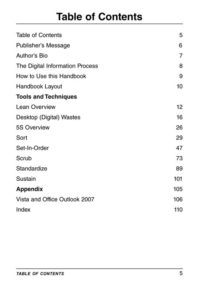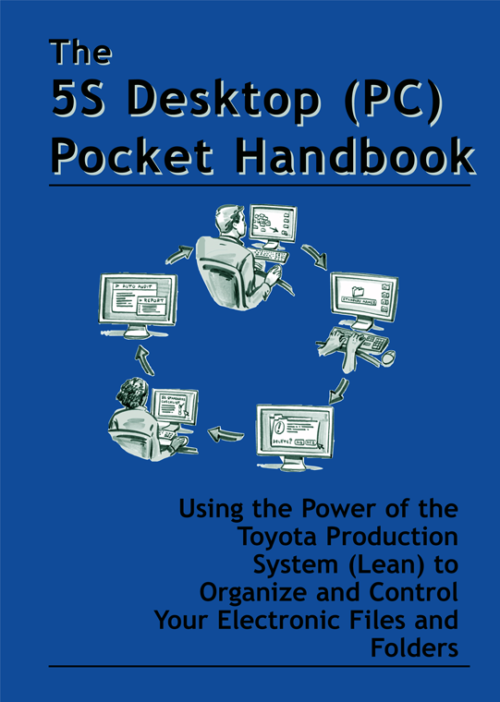By: Rob Ptacek, Todd Sperl, Jayant Trewn (PhD), and Deborah Salimi (PhD)
The Practical Lean Six Sigma Pocket Guide XL bridges the gap between a highly quantitative analysis of a process that requires extensive training (i.e., Six Sigma certification) and a more simplified approach that can be used and understood by the masses (i.e., Lean thinking). This book make the methods and tools of Lean and Six Sigma accessible to more people and provide a common sense or “practical” approach to problem solving and continuous improvement.
Over 40 of the most common Lean Sigma tools are clearly define with a step-by-step approach, checklists, forms and worksheet examples, as well as case study examples from office/service (administrative), retail, healthcare, financial, travel services, and manufacturing. The broad examples will allow employees to fully understand the “practicality” and universal application these tools provide. Therefore, with that information, the ability to apply the tool or concept to their processes will be that much more successful.
Note: Currently out of stock for hard copy. We Print-On-Demand for this title of quantities of 20 or more. Please call 734-475-4301 to place your order.
Your eBook will be provided as a downloaded file.
The download PDF book provided is to be distributed to the quantity purchased. Unauthorized copying or sharing is not permitted. Please email info@theleanstore.com or call 734-475-4301 if you have any questions on the ebook(s) purchase. EG., if you purchase 5 copies of a book will allow you to distribute the PDF to 5 users.
